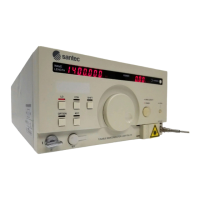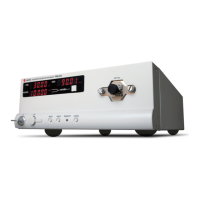How to fix Santec Measuring Instruments when there is no power?
- PPatrick RileyAug 14, 2025
If your Santec Measuring Instruments unit has no power, there are a couple of things to check: * First, make sure the power cord is properly connected. * Second, inspect the fuse. If there's no fuse or the fuse is blown, open the fuse box lid and replace it.


